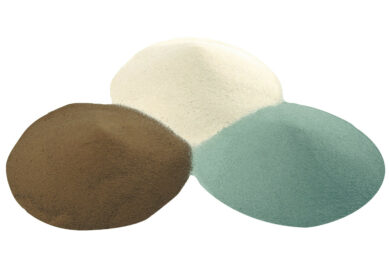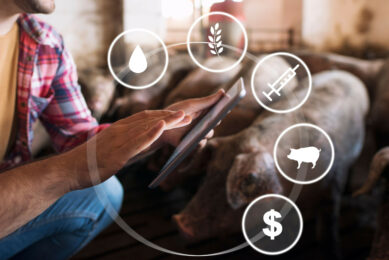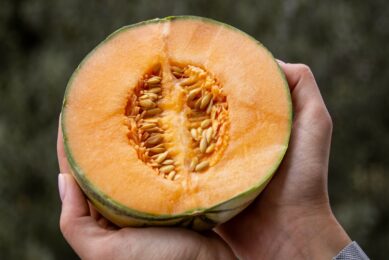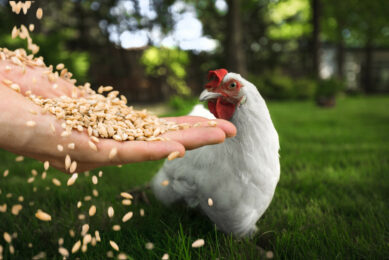Struggling double-crop soybeans could be valuable forage
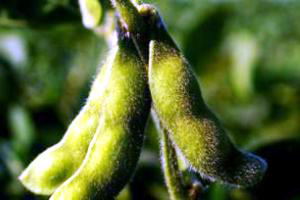
Many of Indiana’s double-crop soybeans will struggle to reach maturity before the first killing freeze, meaning the plants could provide another forage option for livestock producers struggling to feed their herds, Purdue Extension forage specialist Keith Johnson explains.
An early wheat harvest and dry spring weather allowed growers to plant double-crop soybeans farther north in the state than what is typical, but record-setting heat and drought kept the crop from germinating in a timely manner, or at all. Fields that germinated late aren’t likely to reach maturity and could potentially supplement the state’s decimated livestock feed resources.
“Soybeans that won’t reach physiological maturity before a killing freeze do have value as forage at the proper stage of maturity,” said Keith Johnson, Purdue Extension forage specialist. “The crop should be harvested as a forage before green leaves begin to yellow.”
Johnson recommended harvesting the crop and ensiling it, rather than harvesting it as hay. Doing so reduces the loss of leaves, which are the highest feed-quality part of the plant. It also lessens the likelihood of rain damage because the crop can be harvested as silage more quickly after cutting it as compared to making the soybean plant as hay.
Ensiling the soybeans also helps animals utilise all parts of the plant and lessens feed waste.
“If chopped and ensiled, livestock will be less likely to sort out the lower quality stem, as compared to when soybeans are made and fed as long-stemmed hay,” Johnson said.
Grazing soybean fields also can be an option, but it is more management-intensive and comes with risks.
“In my opinion, grazing soybean forage is risky because it is difficult to control selective grazing of immature grain,” Johnson said. “Founder and off-feed problems could result if over-consumption of the seed occurs.”
Growers and livestock producers also need to be aware of any pesticides that were applied to their crops, including miticides used more heavily this year to combat spider mite infestation. Pesticides have different harvest restrictions and some are not registered for use when soybeans are harvested as a forage crop.
Double-crop soybean growers who don’t produce livestock still might have opportunities to sell the ailing crop to local livestock producers. Pricing is driven by current alfalfa prices and the soybean crop’s forage quality, and will depend on who provides the labor and equipment to harvest the crop.
“If the livestock producer is harvesting the crop, the soybean grower would need to subtract out the harvest custom rates from the value of the forage,” Johnson said.
The challenge, Johnson said, will be to know when the first killing freeze will happen.
“We don’t know when that killing freeze will occur until maybe three days beforehand, so it’s important for growers to alert their crop insurance agents early if they are considering this option,” he said.




